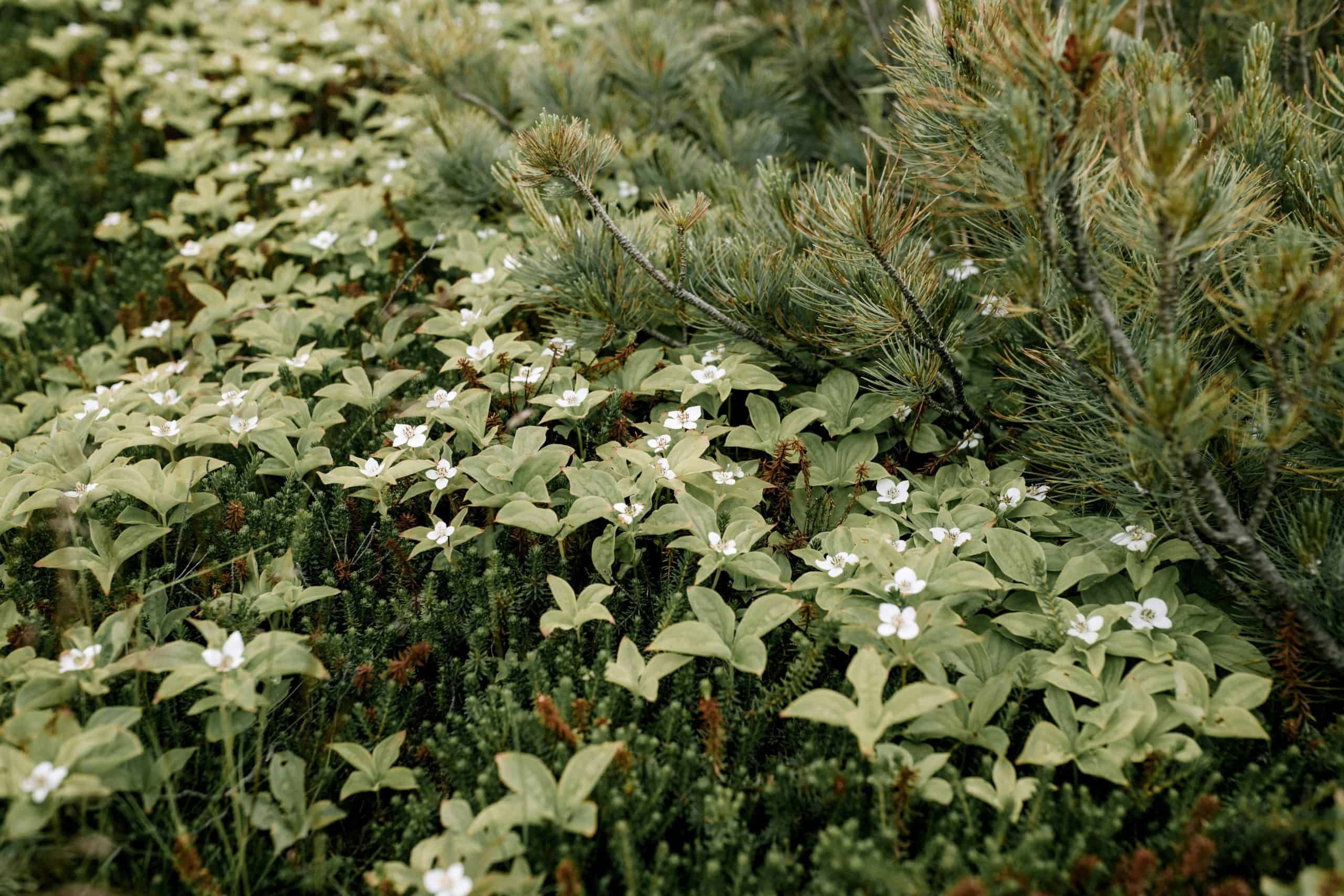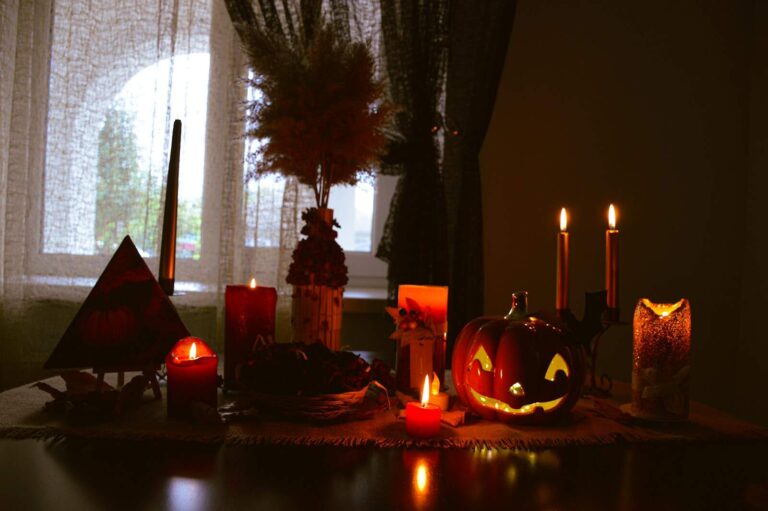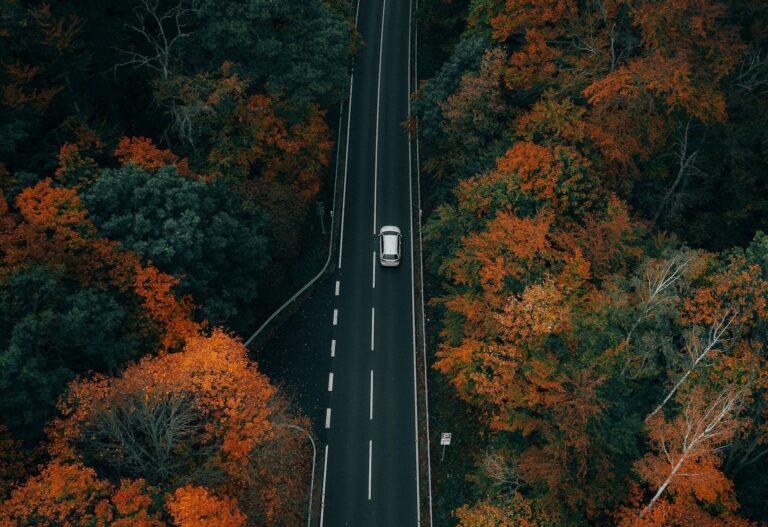You’ll Love These 8 Native Shrubs That Thrive In The Shade
Let’s be real—shade gardening can feel like trying to grow tomatoes in a closet. You set out your plants, full of hope, only to watch them sulk and slowly fade because the sun barely says hello. But here’s the thing: some plants don’t just put up with shade—they prefer it. And some of the prettiest ones you can grow are native shrubs.
And no, we’re not talking about the sad, scratchy bushes sitting in front of old houses. These native shrubs have so much personality your neighbors will start asking, “What’s that in your yard?”
Why Native Shrubs Work So Well in Shade
Native shrubs grew up here—literally. They’ve survived the same blazing summers, surprise freezes, and bug invasions your yard gets hit with. And the best part? They know how to handle it without you babying them. Less watering, less fertilizing, and way less “Oh no, is it dying?” panic.
They also pull double duty: feeding pollinators, giving birds a place to hang out, and looking good in the spots where grass gave up years ago. Got a dark corner under a big tree? Perfect. The shady side of your house? Even better.
1. Oakleaf Hydrangea (Hydrangea quercifolia)
This is your shade garden’s headliner. In spring, it pushes out bold, oak-shaped leaves. Summer brings huge white blooms that slowly fade to pink, fall turns the leaves a deep red-burgundy, and winter shows off cinnamon-colored peeling bark. It’s one of the most shade-tolerant native shrubs out there.
2. Spicebush (Lindera benzoin)
A native woodland shrub with a surprise up its sleeve—tiny yellow flowers in early spring before the leaves even show up. In fall, the foliage glows yellow and bright red berries appear (birds will thank you). Crush a leaf and you’ll get a citrusy, spicy scent. Bonus: it’s a host plant for spicebush swallowtail butterflies.
3. Virginia Sweetspire (Itea virginica)
In early summer, arching branches drip with fragrant white flowers. Then fall rolls around and the leaves turn brilliant shades of orange, red, and purple. If you don’t have much room, grab a ‘Little Henry.’ It’s compact, deer usually leave it alone, and it’s one of those native shrubs that looks good almost anywhere.
4. Red Chokeberry (Aronia arbutifolia)
Ignore the name—it’s not as scary as it sounds. This shrub kicks off with clusters of white spring flowers, then produces bright red berries that stick around well into winter. Come fall, its leaves turn a fiery red-burgundy. It’s tough and will grow in both damp and dry spots.
5. Ninebark (Physocarpus opulifolius)
Ninebark used to be overlooked, but now it’s having a glow-up. ‘Summer Wine’ has deep red leaves, ‘Ginger Wine’ glows with orange-burgundy tones, and in winter, its peeling bark adds texture when everything else looks bare. It’s low-drama, adaptable, and one of the most dependable native shrubs you can plant.
6. Elderberry (Sambucus canadensis)
This one grows fast and gives back. In summer, you get clouds of creamy flowers. Then, deep purple berries show up—birds love them, and if you’re feeling ambitious, you can make jam or syrup. ‘Black Beauty’ has dramatic dark leaves, while ‘Lemony Lace’ shines bright gold.
7. Buttonbush (Cephalanthus occidentalis)
If you want something different, try buttonbush. Its round white flowers look like little pincushions and appear in mid-summer, pulling in bees and butterflies. It loves wet areas but will adapt to regular garden soil. Even after blooming, the seed heads stick around and look interesting through winter.
8. Coral Honeysuckle (Lonicera sempervirens)
Finally, a vine that minds its manners. Coral honeysuckle acts more like a small shrub and won’t take over the yard. From spring through fall, it produces red tubular flowers hummingbirds can’t resist, followed by berries for the birds.
How to Make Shade Gardens Pop with Native Shrubs
Mix things up. Tuck wildflowers under your spring bloomers, add shrubs that offer nectar in summer, and pick at least one with colorful bark or berries so your garden isn’t a snooze in winter. Think about how the plants will look together year-round, not just for one season.
Low-Maintenance by Nature
These plants are the chill kind—they’ll do their thing without you hovering over them. Once they’re established, they mostly take care of themselves. Water them during their first year, give them a trim if something looks scraggly, and that’s about it. No complicated fertilizers, no weekly pest sprays.
If you’ve been avoiding your shady spots because you think nothing exciting can grow there, these native shrubs might just change your mind. They’re proof that low-light doesn’t mean low-style.







